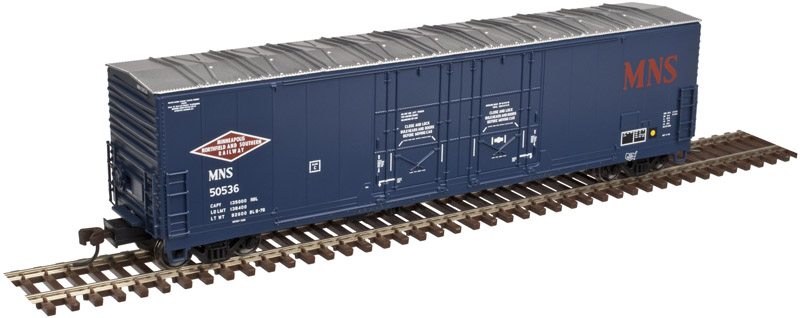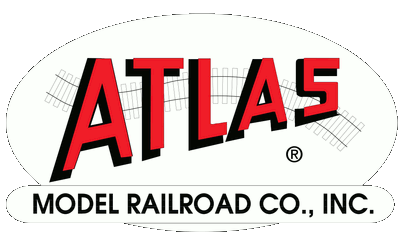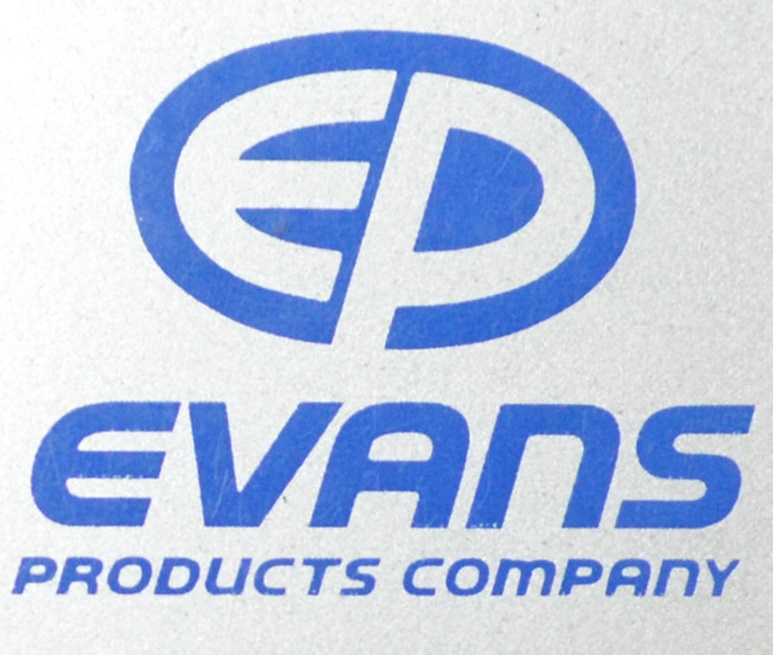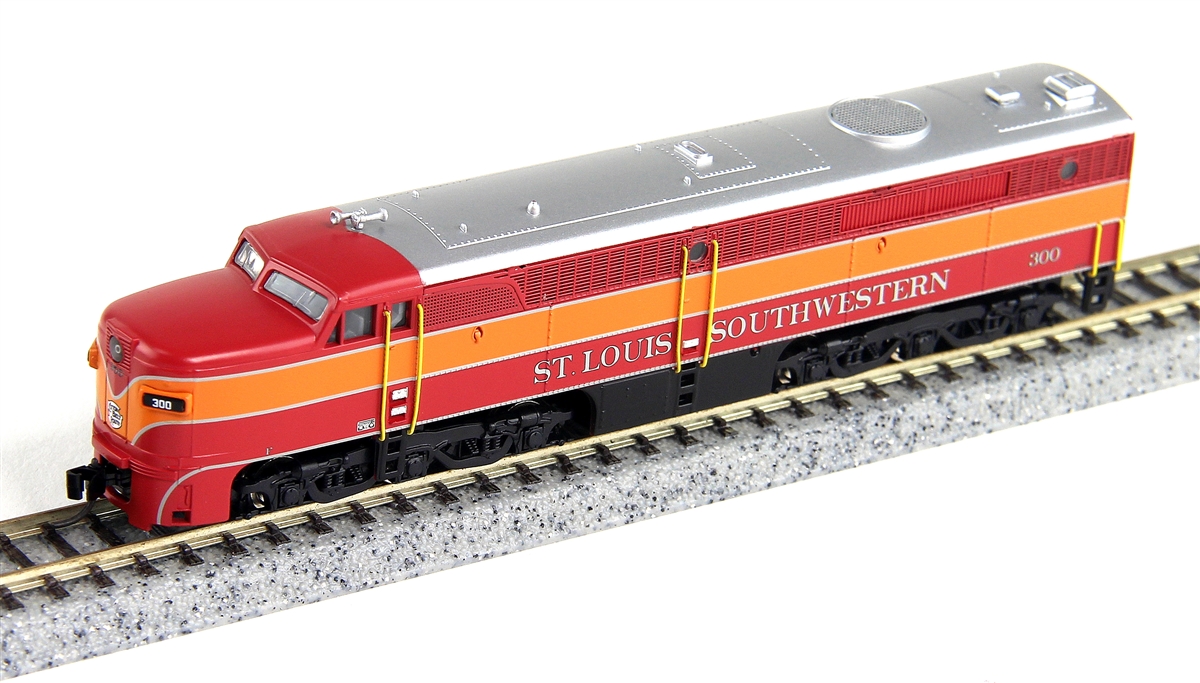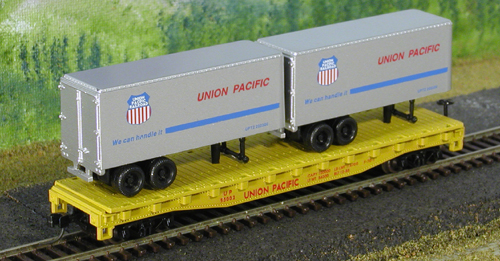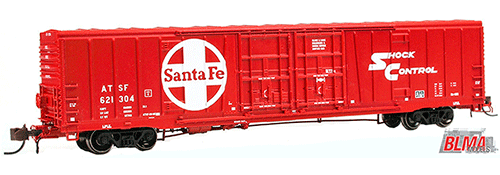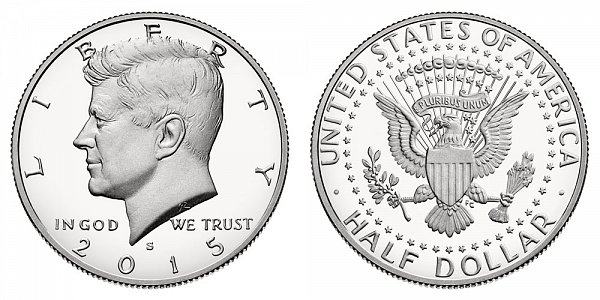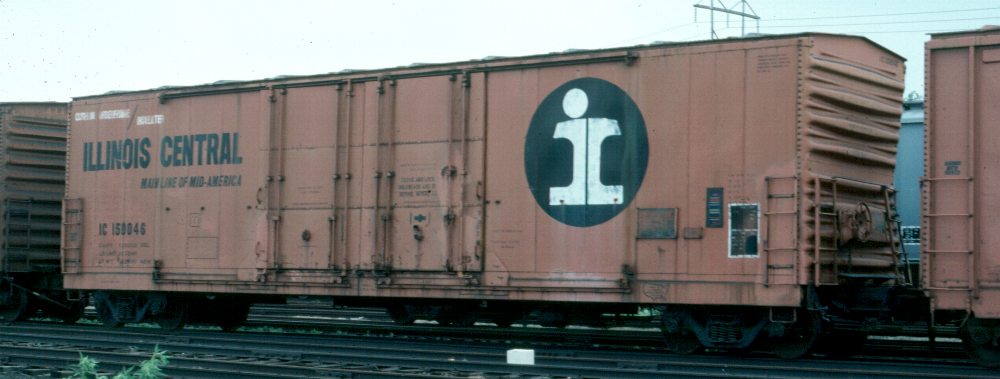Body Style Information: Features: 70-ton roller-bearing trucks;
Blackened metal wheels;
Two-piece underframe;
Separate brake cylinder;
Air reservoir;
End platforms;
AccuMate® couplers.
Prototype Information: This 53' boxcar was manufactured in the 1960s and '70s by Evans Company and was used primarily to haul produce, wood and paper products, and canned goods. This railcar is an insulated RBL (Railcar, Passenger Service, Insulated) featuring a 16 foot opening and double plug doors.
Road/Company Information: MN&S launched in 1918 to take over the former Dan Patch Lines that had fallen into bankruptcy two years before. MN&S inherited the Dan Patch nickname (named after a race horse.) The line was 87 miles long, running from Minneapolis south to Northfield, Minnesota. The new owners promoted the line as a bypass around the Twin City’s terminals. MN&S connected with the original Soo Line at Crystal, Minneapolis & St. Louis, and Great Northern at Glenwood, the Omaha Road at Savage, and Chicago Great Western, Milwaukee Road, and Rock Island at Northfield. Passenger service was provided with gas-electric cars into the 1940s. In addition to transferring blocks of cars between the Twin City’s various Class One railroads, the MN&S also had a significant number of on line customers.
The early diesel years brought Fairbanks Morse and Baldwin engines to the property. These included one each of H12-44, H10-44, VO1000 and a pair of VO660 switcher. To handle MN&S’s heavy transfer trains, they used Baldwin’s massive 6 axel center cab units, a single RT-624 and five DT6-6-2000’s. They also had a single Baldwin road switcher, a DRS6-6-1500. As the Baldwins wore out, they were replaced with six SW1200’s, two SW1500’s and a pair of SD39’s.
In 1982, Soo Line bought the MN&S. They were planning on acquiring the Milwaukee Road (which was in bankruptcy at the time) and needed the MN&S to connect their own line at Crystal with the MILW at Northfield. MN&S was operated separately until 1986 when it was merged into Soo Line.
The early diesel years brought Fairbanks Morse and Baldwin engines to the property. These included one each of H12-44, H10-44, VO1000 and a pair of VO660 switcher. To handle MN&S’s heavy transfer trains, they used Baldwin’s massive 6 axel center cab units, a single RT-624 and five DT6-6-2000’s. They also had a single Baldwin road switcher, a DRS6-6-1500. As the Baldwins wore out, they were replaced with six SW1200’s, two SW1500’s and a pair of SD39’s.
In 1982, Soo Line bought the MN&S. They were planning on acquiring the Milwaukee Road (which was in bankruptcy at the time) and needed the MN&S to connect their own line at Crystal with the MILW at Northfield. MN&S was operated separately until 1986 when it was merged into Soo Line.
Brand/Importer Information: In 1924 Stephan Schaffan, Sr. founded the Atlas Tool Company in Newark, New Jersey. In 1933 his son, Stephan Schaffan, Jr., came to work for his father at the age of sixteen. Steve Jr. built model airplanes as a hobby and frequented a local hobby shop. Being an enterprising young man, he would often ask the owner if there was anything he could do to earn some extra spending money. Tired of listening to his requests, the hobby-store owner threw some model railroad track parts his way and said, "Here, see if you can improve on this".
Atlas has made a ton of wonderful products throughout the years and we often get questions one whether we have run a certain road name on a particular model. It should be noted that Atlas locomotives and rolling stock are greatly appreciated for their superior operating and running characteristics. Atlas products are also well known for their outstanding collectability not only due to their superior prototypical workmanship, details and decoration, but because there are relatively so few of them made. Each and every production run has been carefully built to market demand, meaning almost every piece in any given run is sold out by Atlas on arrival or shortly thereafter, thus creating a built in collectors market.
Atlas has made a ton of wonderful products throughout the years and we often get questions one whether we have run a certain road name on a particular model. It should be noted that Atlas locomotives and rolling stock are greatly appreciated for their superior operating and running characteristics. Atlas products are also well known for their outstanding collectability not only due to their superior prototypical workmanship, details and decoration, but because there are relatively so few of them made. Each and every production run has been carefully built to market demand, meaning almost every piece in any given run is sold out by Atlas on arrival or shortly thereafter, thus creating a built in collectors market.
Item created by: devsummers428 on 2020-01-17 11:39:20
Last edited by: devsummers428 on 2020-05-07 00:00:00
If you see errors or missing data in this entry, please feel free to log in and edit it. Anyone with a Gmail account can log in instantly.
Last edited by: devsummers428 on 2020-05-07 00:00:00
If you see errors or missing data in this entry, please feel free to log in and edit it. Anyone with a Gmail account can log in instantly.


